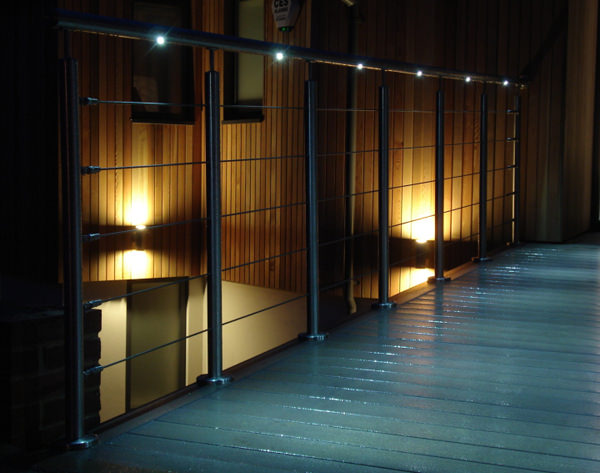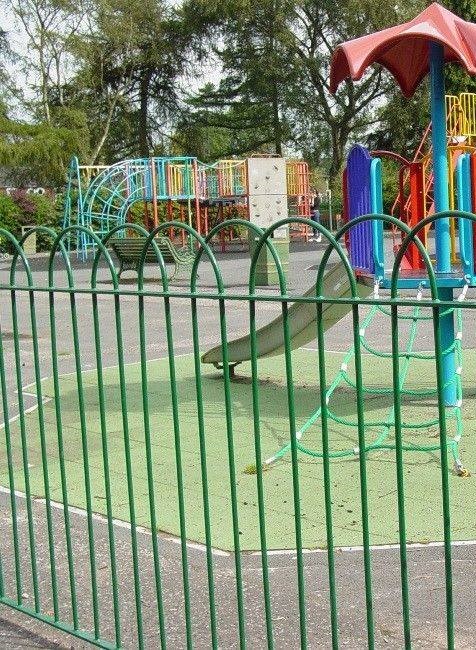The importance of handrails often goes unnoticed. Without that extra support on staircase, balance can easily be lost and accidents would be more prone. Whether they are used for sectioning off an area or going up and down the stairs, handrails are required. Planning a handrail system can be more difficult than it seems. There are many legal requirements which handrails must meet in public buildings, to ensure they do their job – providing safety.
What is a Handrail?
A handrail is a rail that’s fixed to a post or a wall for support. Coming in all shapes, sizes and materials, they are very important in preventing a loss of balance or a fall. Most often seen on staircases but can be used in dance studios, bathrooms, bridges and public transport.
With all freedom in the design process, a handrail can blend in with a location or environment, or alternatively be highly visible for safety – such as near a train track. Often found outside hospitals and pharmacies, this is to ensure people of all ages and capabilities can walk safely. Elderly people are much more vulnerable to a fall so handrails are much more likely to be used by them.
Differences between Handrails, Banisters and Balustrades
Handrails and banisters are more or less the same thing. These systems are both terms used to describe a rail that runs along staircases. However, a balustrade is made up of many vertical posts that are named balusters. These all connect together and are spaced evenly apart. A balustrade on stairs would be found underneath the handrail.
What are the Legal Requirements?
Legally, the minimum height for a handrail is 900mm. you don’t need a handrail on the first two steps up but after this, a handrail is certainly required for health and safety reasons. In all public buildings, handrail height needs to be between 900mm and 1000mm – this is measured to the top of the handrail above the pitch line and floor.
What Features should be on a Handrail?
A comfortable but firm grip is always necessary. Slippery handrails can cause many accidents, even if you feel safe walking down the stairs, there can be many dangers waiting to happen in which you may need to hold onto a handrail.
In some buildings, a handrail is only required on one side of a set of stairs. Stairs should have a handrail on both sides if they are wider than 1000mm
At SG System Products, they know that public buildings require balustrade and handrails that are both suitable and appropriate for the look of the building and it use. With many options available and suitable, see their range here





